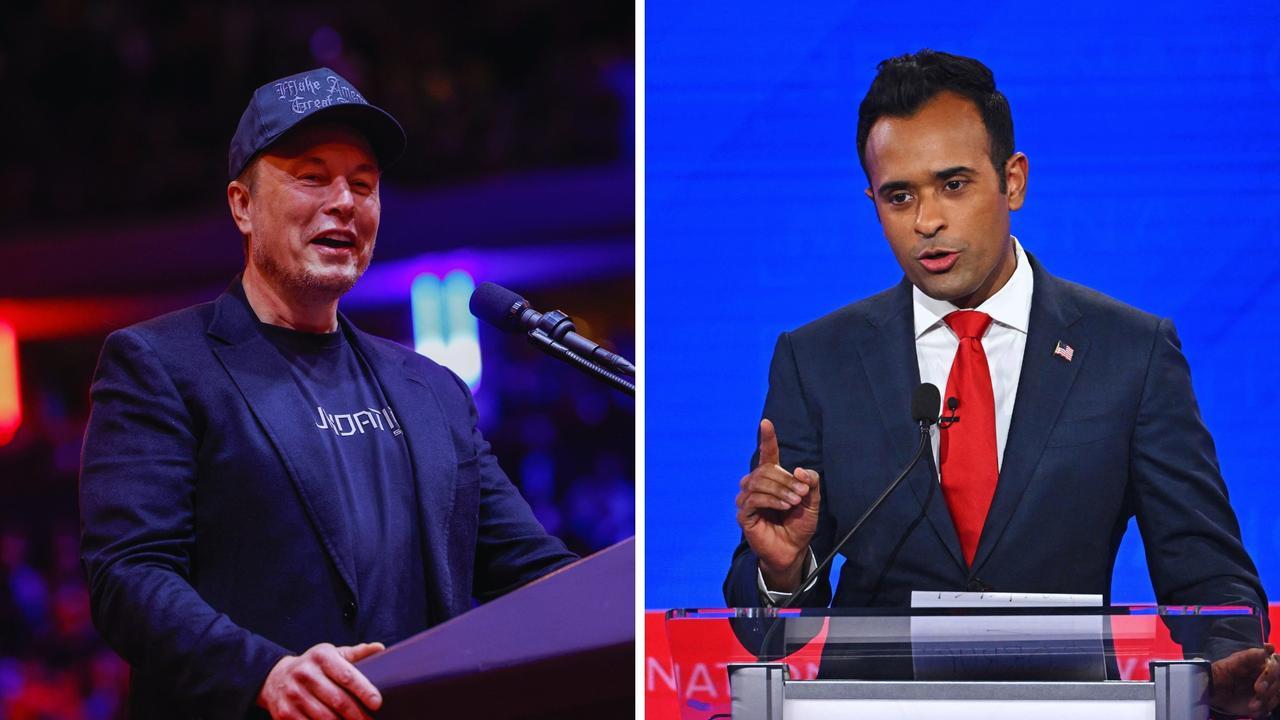The DOGE Plan: A Blueprint for Government Reform
In a significant move aimed at reshaping the U.S. federal government, Elon Musk and Vivek Ramaswamy have proposed the "DOGE Plan to Reform Government." This initiative seeks to realign government operations with democratic principles by addressing the influence of unelected bureaucrats and streamlining federal processes. The duo, appointed by President Donald Trump to lead the newly established Office of Government Efficiency (DOGE), emphasizes the need for reforms that prioritize accountability and efficiency.
Key Elements of the DOGE Plan
-
Establishment of the Office of Government Efficiency: The DOGE initiative focuses on reducing bureaucratic size and inefficiency within the federal government. Musk and Ramaswamy, both known for their entrepreneurial backgrounds, aim to implement tangible reforms without the constraints of traditional governmental processes. Their leadership is characterized by a commitment to non-political solutions that directly impact government efficiency.
-
Focus on Deregulation, Administrative Reduction, and Cost Savings: The proposed reforms are designed to be enacted primarily through executive actions, leveraging existing laws to minimize the need for new legislation. This approach is informed by recent Supreme Court rulings that limit the authority of regulatory agencies, suggesting that numerous existing regulations may lack proper Congressional approval.
-
Massive Regulatory Rollbacks: A central aspect of the DOGE Plan is the identification and repeal of regulations deemed unlawful. The intent behind this strategy is to stimulate economic activity by relieving businesses from constraints that are not explicitly authorized by Congress.
-
Workforce Reduction: As the plan progresses and regulations are eliminated, the Office of Government Efficiency will assess the staffing needs of federal agencies. This may result in significant workforce reductions, with a focus on respecting the dignity of affected employees. The initiative aims to provide support for those transitioning to private sector opportunities.
-
Targeting Waste and Fraud: The DOGE Plan includes a focused effort on curtailing federal spending. The team targets the identification and elimination of over $500 billion in unauthorized expenditures annually, highlighting the need for accountability in federal procurement processes.
-
Constitutional Compliance: Aligning federal operations with constitutional mandates is a core objective of the DOGE Plan. Musk and Ramaswamy argue that correcting perceived executive overreach will help curb bureaucratic expansion and enhance operational efficiency.
The overarching goal of the DOGE Plan is to create a federal government structure that more closely reflects the founding principles of the United States. The initiative aims for substantial reform by the 250th anniversary of American independence in 2026, with the ultimate ambition of rendering the Office of Government Efficiency unnecessary through successful implementation of these reforms.
As discussions surrounding the DOGE Plan continue, it remains to be seen how these proposed changes will impact the federal landscape and the lives of American taxpayers. The initiative seeks to address long-standing concerns about government inefficiency and the role of regulatory authority in the nation's democracy.
Stay ahead of the AI wave
Get started today! Become part of the Qoir community and collaborate with like-minded professionals.
Subscribe to our newsletter today to receive regular updates, exclusive content, and special insights directly. Together, let's explore the limitless possibilities of artificial intelligence and shape the future of technology!
Today's AI News Portal: todaysai.org
Ask Qoir: qoir.com
Qoir AI: qoir.com/home
Stay connected on X: x.com/QoirAI
Join Linkedin Community: linkedin.com/company/QoirAI
Threads: threads.net/Qoir.AI
